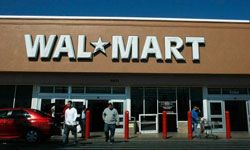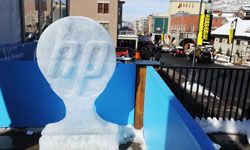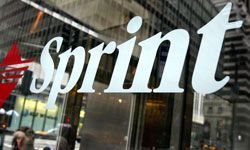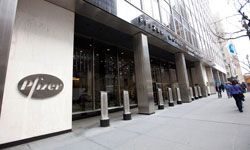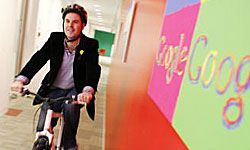These days, we often see companies boasting about being "green," meaning they use environmentally friendly methods or products. It's now popular to promote sustainability, so that we preserve resources for future generations. It sounds pretty selfless, but being green is often cost-effective, too, which is better business.
For some companies, it goes beyond just giving you a recycled paper cup for your morning coffee. They're so committed to sustainability (or to saving money) that they're now incorporating green construction in their buildings. This includes major distribution centers, office headquarters and even retail stores.
Advertisement
The U.S. Green Building Council developed the Leadership in Energy and Environmental Design certification, better known as LEED. This rating system measures sustainable sites, water efficiency, energy and atmosphere, materials and resources, and indoor environmental quality. A building scores points for each category, and it's possible to gain a ranking of Certified, Silver, Gold or Platinum.
In this article, we'll explore some major companies that have started using green construction, all of whom rank in the top 100 of Newsweek's greenest companies list of 2011 [source: Newsweek].

